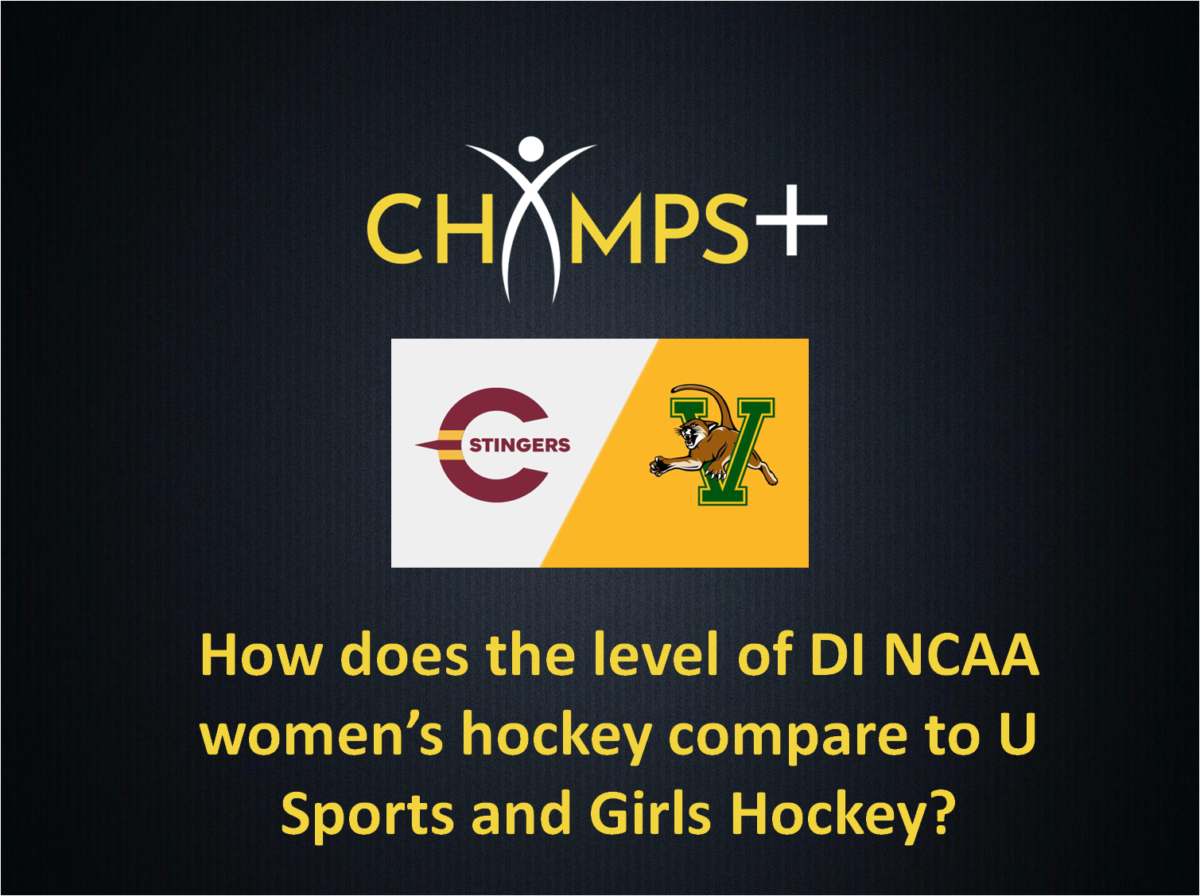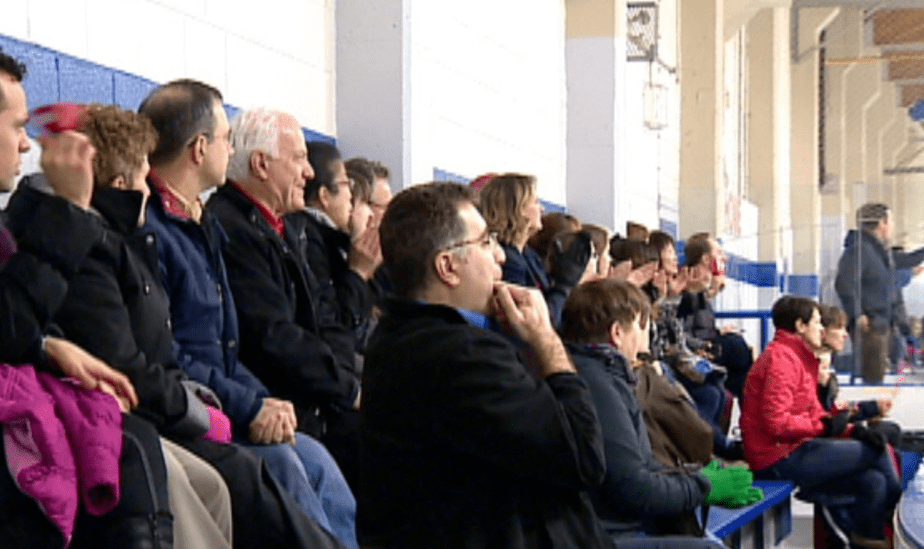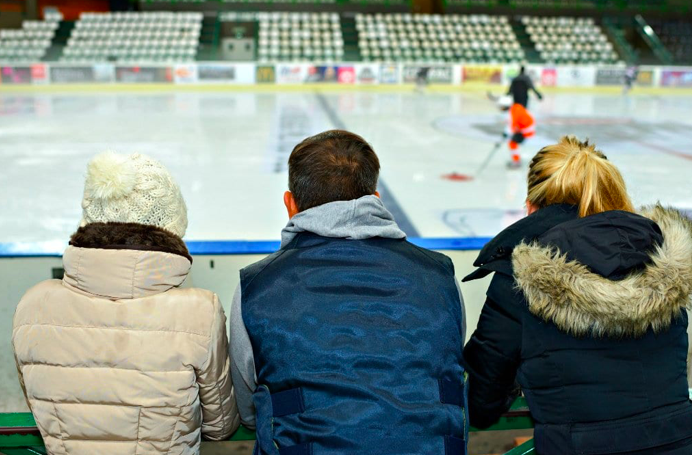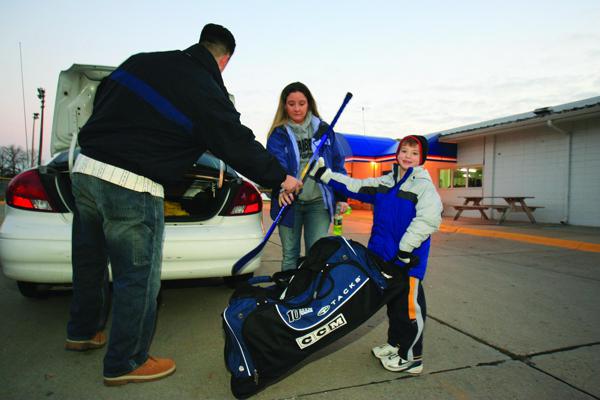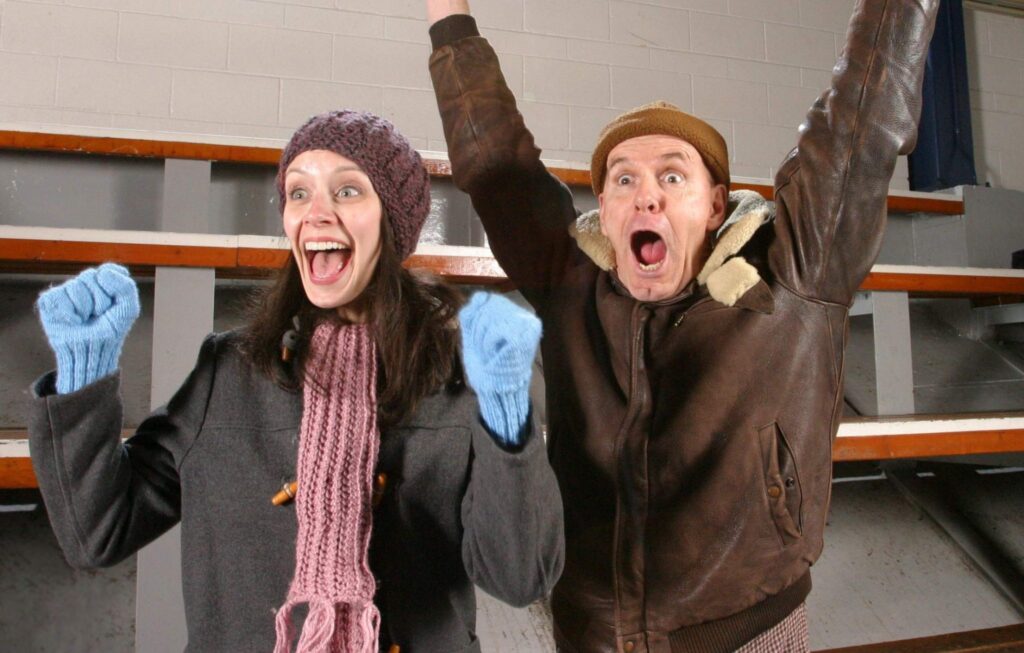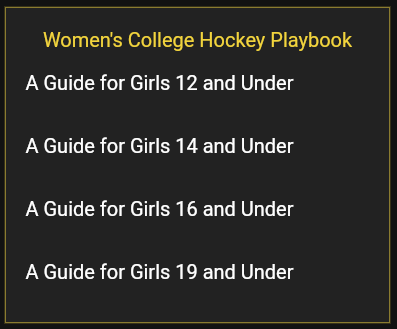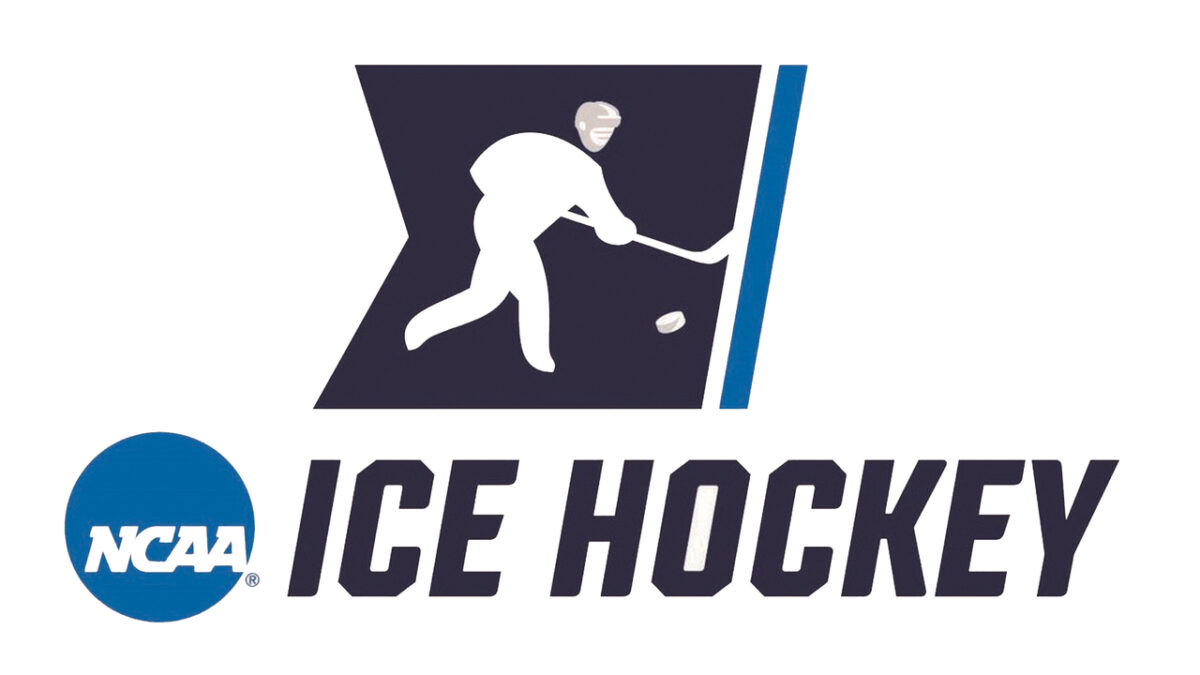This past week, my kids played their first games of the season. We’re approaching the end of their time in youth hockey, and I’ve been reflecting on their journey to playing at the highest levels in recent years. One realization I had is just how much work it takes as a parent to help them get to where they are. So, I thought I’d capture my thoughts on the key factors that parents enable to improve their kids’ chances of success in hockey.
Many of these attributes may differ between high- and low-density hockey areas. We live in a low-density hockey area in Northern California, which means relatively limited access to ice time, insufficient high-quality coaching, and few high-level local teams for both boys’ and girls’ youth hockey. In high-density hockey environments, players may be less dependent on their parents to access the resources and competition they need to be successful. If you live in Minnesota or the Greater Toronto Area, it’s much easier to put your player in a position to reach their full potential.
Additionally, if your child is exceptional at a young age, like Sidney Crosby or Connor Bedard, they will likely have no problem finding success. But most kids aren’t prodigies, and parents play a crucial role in helping them develop and find opportunities in youth hockey.
Here are the biggest ways parents enable their child’s hockey success:
1. Getting them to the rink
I know this is as obvious as it gets. But beyond just signing the kids up and paying their fees, waking up at crazy hours or traveling long distances for practices and games is no small task. Often, it means parents need to make sacrifices like missing work, losing sleep, or spending hours in traffic. All of these are frequently overlooked aspects of the vital role parents play in ensuring players simply show up. This summer, I calculated that I drove at least 250,000 miles over the past 10 years just getting my kids to their sports events. That’s a lot of car time. Additionally, the car ride home is a critical experience in ensuring your child continues to love the game. If they begin to dread the car ride because it’s filled with criticism (e.g., being told everything they did wrong), parents can ruin their child’s hockey experience and destroy their motivation to continue playing.
2. Signing them up for multiple sports
There is so much written about how many professional athletes played multiple sports growing up before focusing on a single one. But that doesn’t happen without parents buying into the philosophy and registering their kids for a variety of activities. It’s not just about exposing them to different sports; it also involves managing practice and game conflicts, navigating tight schedules, and rushing from one sport to another. Parents also have to negotiate with coaches who may not be sympathetic to players participating in another sport when there are overlaps. These are additional challenges parents must face to help their child succeed.
3. Finding the best team or coach for their development
Parents play a critical role in determining where a player should play and which team or skills coaches they should trust to develop their child. For the most part, there are no Yelp or Amazon reviews for teams and coaches, so parents need to talk to other parents, synthesize information from social media, and use other online resources to find the best opportunities. Most parents aren’t familiar with all the nuances of youth hockey at each age group, so they spend a lot of time and effort making the best decisions. While Champs App is trying to provide a lot of this information, every journey is unique, and parents invest significant time and energy in making informed choices about which hockey path to take.
4. Financial investment
Hockey is an expensive sport. Candidly, with the professionalization of all youth sports, the average player requires their parents to spend a lot of money on team fees, equipment, travel, and private lessons. Only a few players have their hockey development subsidized through scholarships or municipalities that provide locally-owned rinks with volunteer coaches. For most, playing youth hockey easily costs thousands of dollars each season. As a parent, you are investing in your child’s overall development and should not expect a direct return on investment from hockey.
5. Hockey-specific development
Most parents don’t have the hockey expertise to coach their kids. If they do, it’s a tremendous advantage—assuming the parent handles it productively (which isn’t always the case for over-zealous parents who can inadvertently harm their child’s development). However, any parent can provide access to video (e.g., LiveBarn or other streaming services) at a young age, allowing the player to watch their own shifts. Teaching your child self-awareness and the ability to learn from mistakes using video at an early age is an invaluable asset that parents can nurture, even if they know very little about hockey.
I’m sure I’m missing other key roles that parents play in their son or daughter’s development, but these were the most salient ones for our family. Of course, my kids put in the work—both on and off the ice—to get to where they are today. However, the effort we invested as a family to enable their success was significant, and parents should be recognized for the essential role they play.
Learn More on CHAMPS+
CHAMPS+ Subscribers can read more detail on the role parents play on the path to playing women’s college hockey in our age-specific Women’s College Hockey Playbook


